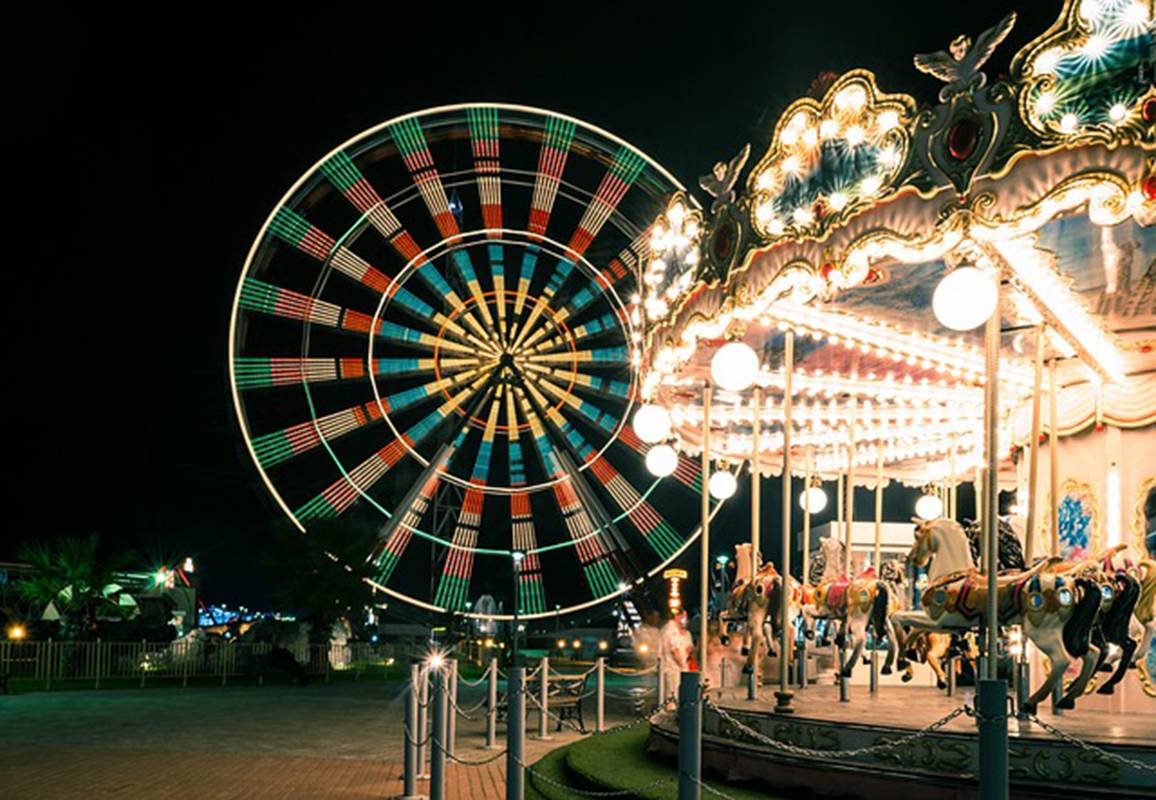Importing amusement park equipment for sale from China offers cost advantages but involves navigating complex safety certifications. Overlooking these requirements risks ride seizures, legal penalties, or catastrophic failures—turning your park’s excitement into a liability. Here’s your roadmap to compliance:

🔒 1. Core International Safety Certifications: Non-Negotiable
These form the foundation for ride integrity and operational legality:
- EN 13814 (EU/UK): Mandatory for European parks. Validates structural integrity, restraint systems, and electrical safety. Post-Brexit, UKCA certification is required for UK operations.
- ASTM F2291 (USA): The U.S. standard covering design, manufacturing, and testing. Essential for approval by state regulators.
- GB/T 18168 (China): While not sufficient alone, reputable amusement park equipment manufacturers should provide this as a baseline. Pair it with destination-country certifications.
⚠️ Never accept equipment without valid, verifiable test reports from accredited third-party labs.
🌍 2. Region-Specific Compliance: Beyond the Basics
Tailor certifications to your park’s location:
- CE Marking (EU): Combines EN 13814 with machinery directives (e.g., EMC, low voltage). Ensures free movement within the EU market.
- CPSC Compliance (USA): Required for rides involving passenger containment (e.g., coasters, dark rides). Includes impact testing and containment system checks.
- Local Authority Variances: Some U.S. states (e.g., Florida, California) or EU countries add extra layers. Consult regulators early—amusement park equipment prices rise if retrofits are needed post-import.
📑 3. Critical Documentation for Customs & Operations
Certifications must translate into actionable paperwork:
- Test Certification Report: Issued by an independent lab (e.g., TÜV, SGS), detailing load tests, material quality, and failure simulations.
- Technical Construction File (TCF): Required for CE marking, covering design schematics, risk assessments, and maintenance protocols.
- Declaration of Conformity (DoC): Supplier’s legal affirmation that the ride meets all applicable standards.
💰 4. How Certifications Impact Costs & Sourcing
Safety compliance directly influences your budget and supplier selection:
- Price Premiums: Certified rides cost 15–30% more but prevent costly rework. Low amusement park equipment prices from uncertified suppliers signal red flags.
- Supplier Vetting: Prioritize manufacturers with ISO 9001 certification and a history of exporting to your region. Audit their testing facilities virtually.
- Hidden Expenses: Factor in recertification fees if modifying rides (e.g., adding thematic elements to an amusement park car).
⚠️ 5. Real-World Consequences of Non-Compliance
An amusement park example: A U.S. park imported a drop tower without ASTM reports. Regulators halted operations for 6 months after installation—costing $500K+ in lost revenue and retrofit fees. Worse, uncertified rides jeopardize the amusement park experience:
- Safety failures erode guest trust and trigger lawsuits.
- Insurance claims may be denied for non-compliant equipment.
- Reputational damage spreads via social media and reviews.
✅ 6. Proactive Steps for Risk Mitigation
- Demand Pre-Shipment Inspection (PSI): Hire a third party to verify ride integrity and documentation before shipping.
- Require Prototype Testing: For custom rides (e.g., themed amusement park cars for sale), insist on component-level tests.
- Secure Post-Sale Support: Ensure suppliers provide certified spare parts and updated manuals for long-term compliance.
Conclusion: Certify to Amplify Your Park’s Success
Navigating certifications isn’t bureaucracy—it’s strategic investment. Compliant rides from audited
amusement park equipment manufacturers ensure operational continuity, protect guests, and uphold your park’s brand. By prioritizing EN 13814, ASTM F2291, and region-specific seals, you transform regulatory hurdles into competitive advantages. Remember: In the
amusement park experience, safety is the ultimate thrill.
Final Tip: Partner with a freight forwarder specializing in amusement equipment. They streamline customs clearance and verify document completeness—preventing port delays that derail your opening schedule.
